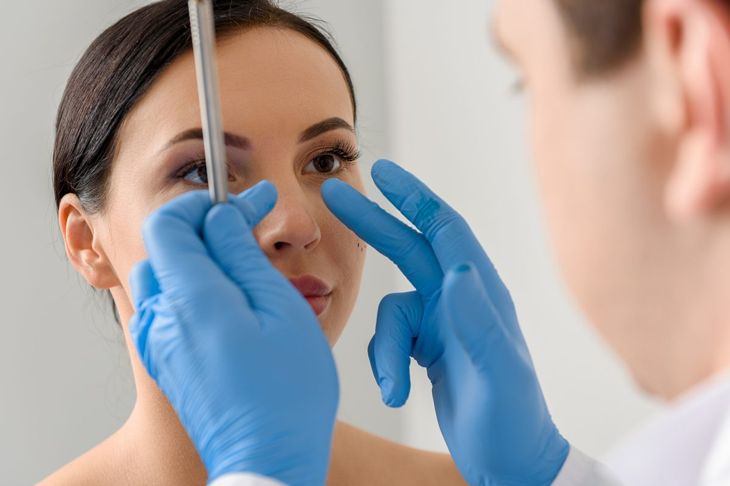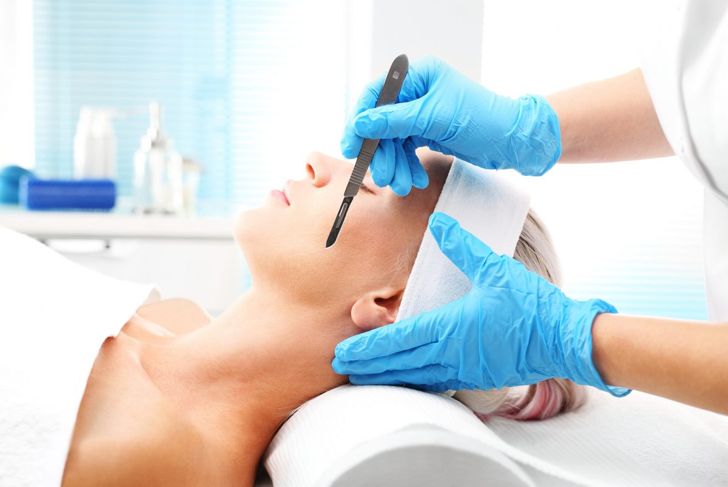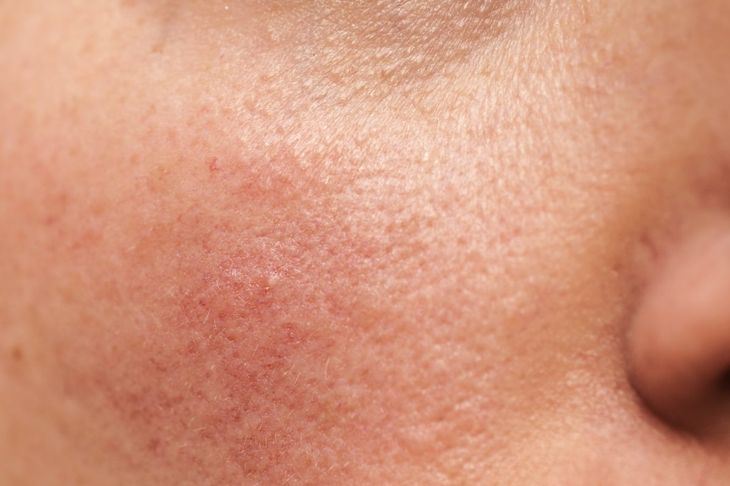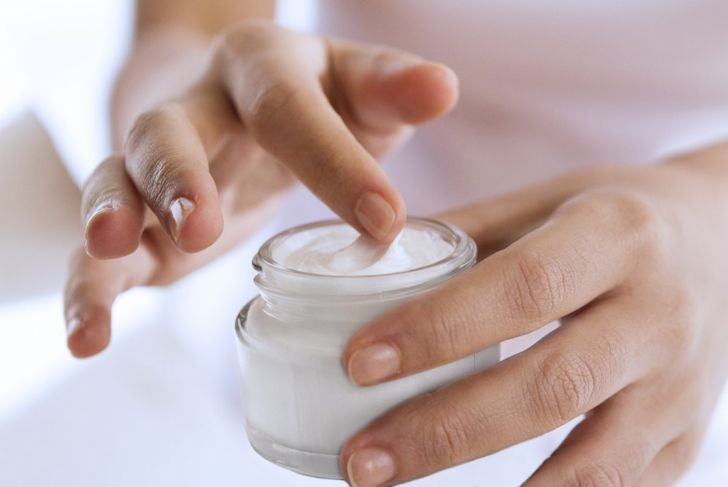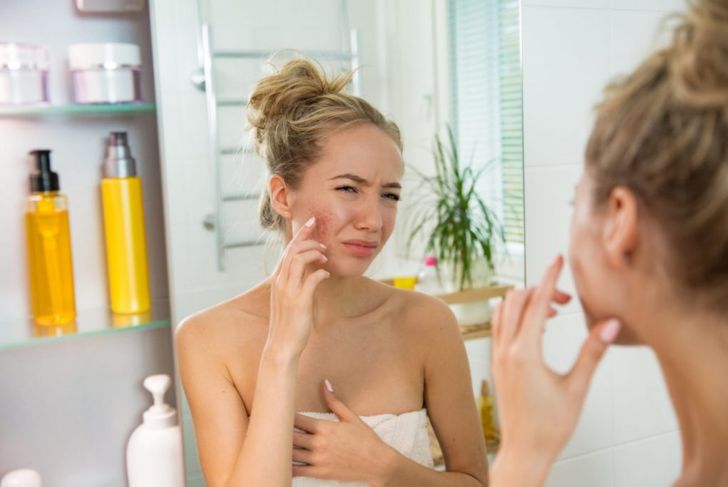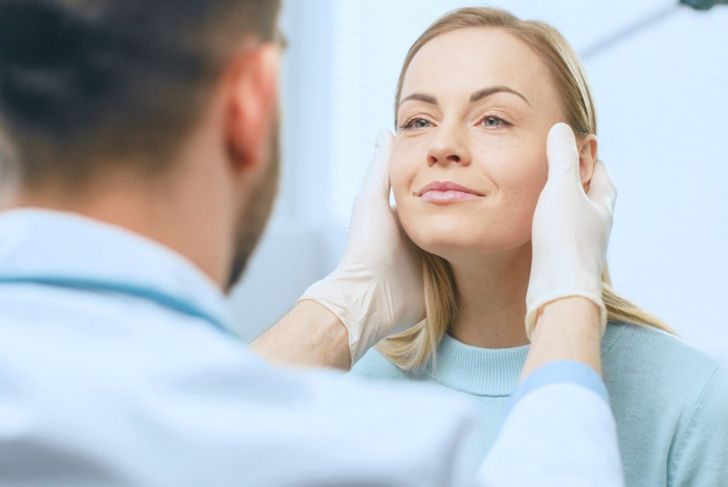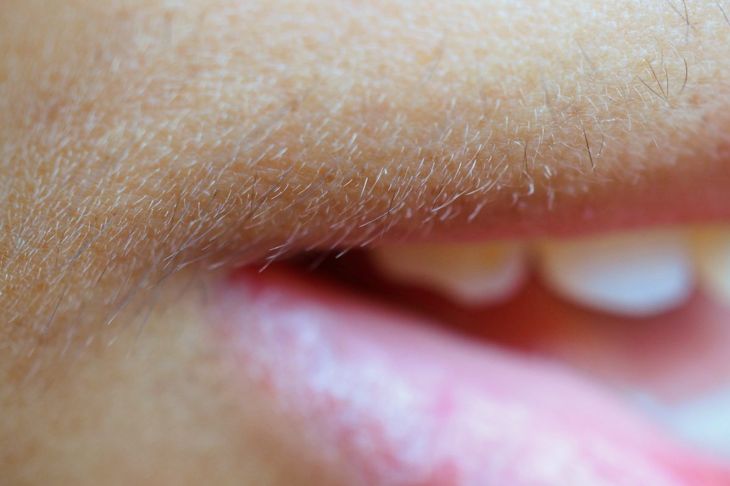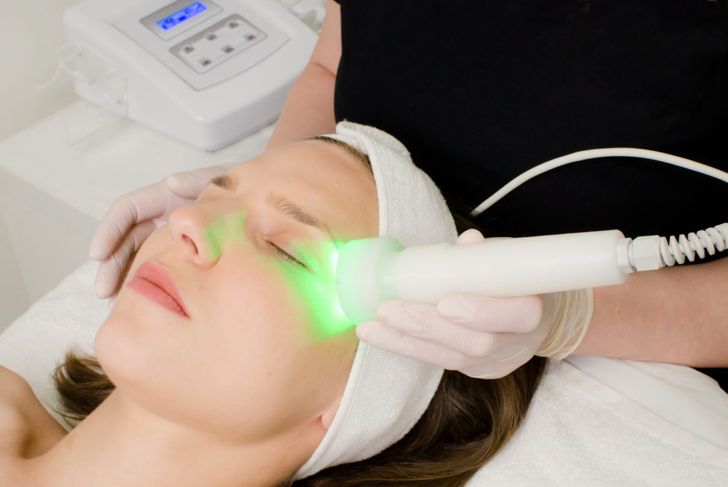Dead skin cells can build up on the face over time, clogging pores and resulting in a dull complexion. Dermaplaning is the process of using a surgical-grade scalpel to remove hair and dead skin cells from the face. This exposes the new skin cells underneath, resulting in a fresh-looking face. The procedure is a popular non-invasive treatment choice as it leaves a fresh glow to the face, making it the perfect way to prepare for a big event.
Who Can Perform Dermaplaning?
Although there are dermaplaning kits available for home use, medical professionals do not recommend this method, as incorrect use by an untrained person can damage the hair follicles or scratch the skin. It is best to see a qualified dermaplaning professional who can perform the treatment correctly, protecting the delicate skin on your face. A qualified practitioner can deliver safe and effective treatment.
What Does Dermaplaning Entail?
A qualified professional uses a laser-cut scalpel to ensure sharpness and precision. The scalpel is scraped along the surface of the skin, lifting off dead skin and removing tiny vellus hairs or “peach fuzz” as it goes. The practitioner should make sure their client understands all the aspects of the procedure before beginning, and to clarify which areas the treatment will cover.
Does Dermaplaning Hurt?
Dermaplaning is a similar process to shaving, which in itself is painless. People describe the feeling of the scalpel moving across the surface of the skin as dry and scratchy, but not painful. Any post-treatment skin dryness can be soothed with a rich, nourishing facial moisturizer. Professionals trained in dermaplaning use scalpels sharp enough to remove the hair without disturbing the hair follicle, causing minimal skin irritation.
The Benefits of Dermaplaning
Dead skin cells and dirt can build up on the face. Over time, this build-up can cause dull skin, clogged pores, and pimples. Removing this layer of dead skin and fine hair exposes the fresh skin underneath, resulting in a youthful glow and smooth, clear skin. Skin looks rejuvenated for several weeks before dead skin again starts to build. Dermaplaning can also be used to treat acne scarring, but not open acne sores.
Post Treatment
Treated skin may appear red and blotchy for a short time after a dermaplaning appointment. The redness can last anywhere from a few hours to a day or two. Newly exposed, fresh skin will absorb nourishing facial creams or serums particularly well, so many people plan a skincare regime immediately following their procedure. Dermaplaning is a non-invasive treatment with no downtime, so clients can return to their usual activities right away.
When is Dermaplaning Not Suitable?
People with irritable skin conditions such as rosacea or keratosis pilaris should avoid dermaplaning as it may exacerbate symptoms. Dermaplaning is deemed safe for pregnant women, although experts advise them to steer clear of chemical skin treatments that are often offered following the procedure, as the newly exposed layer of skin can absorb ingredients that may then enter into the bloodstream. Any open wounds, such as active acne, must heal before a person can undergo dermaplaning.
Areas To Treat
The practitioner and client must discuss the areas of the face that are to be treated, including the boundaries around the face. The cheeks, chin, and upper lip see the majority of facial hair growth and usually benefit most from dermaplaning. The nose and forehead are often left untouched at the client’s request, as hair rarely grows here.
Dermaplaning as Part of an Ongoing Skincare Regime
Skin cells all over the body regenerate every six weeks or so. This includes the skin on the face, so the effects of dermaplaning typically last no more than six weeks. The surrounding environment, especially pollution levels, may cause the skin to dull more quickly. Practitioners recommend that clients repeat dermaplaning treatments every three to six weeks to maintain a rejuvenated and fresh look.
Hair Regrowth
After dermaplaning, a common worry is that the vellus hair of the face will grow back thicker or more noticeable than before. This is not the case, as the hair follicle has been left intact, and hair that grows back will look the same as the hair that existed there before treatment. Scalpels sharpened to a medical-grade level ensure the hair follicles remain intact.
What Next?
The removal of dead skin cells and hair means that the skin will readily absorb skincare products. To make the most of this, practitioners may offer additional treatments immediately following a dermaplaning procedure. LED therapy and chemical peels are two treatments that offer more significant effects when a client schedules them after dermaplaning.

 Home
Home Health
Health Diet & Nutrition
Diet & Nutrition Living Well
Living Well More
More